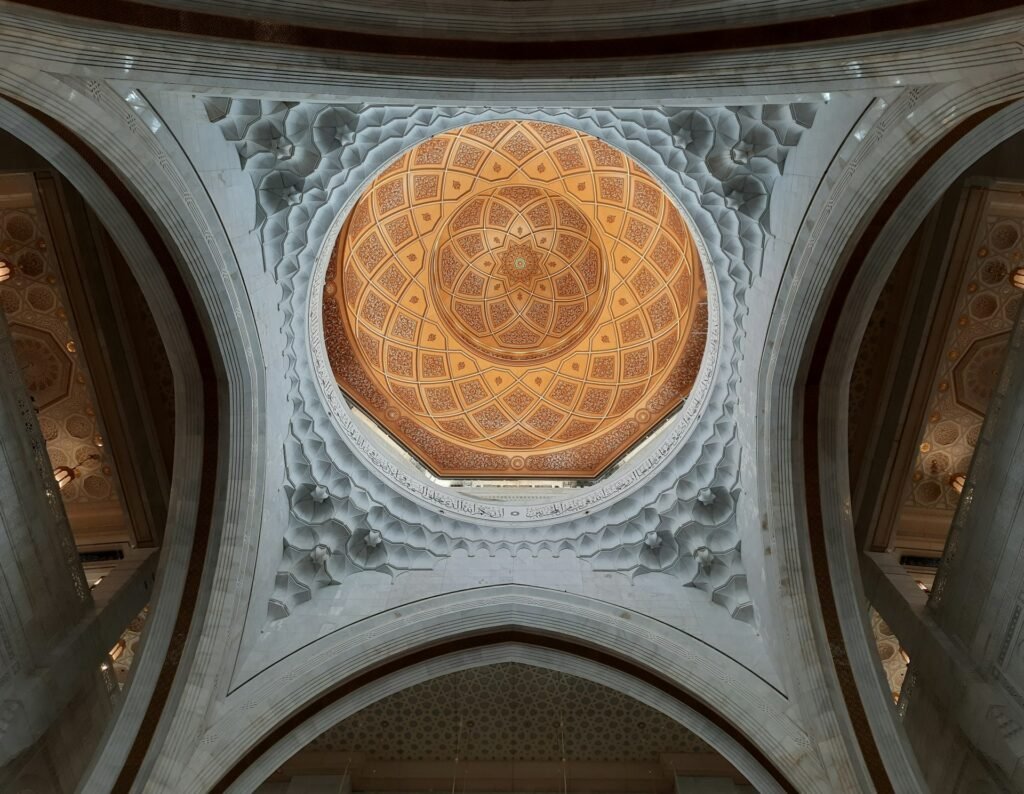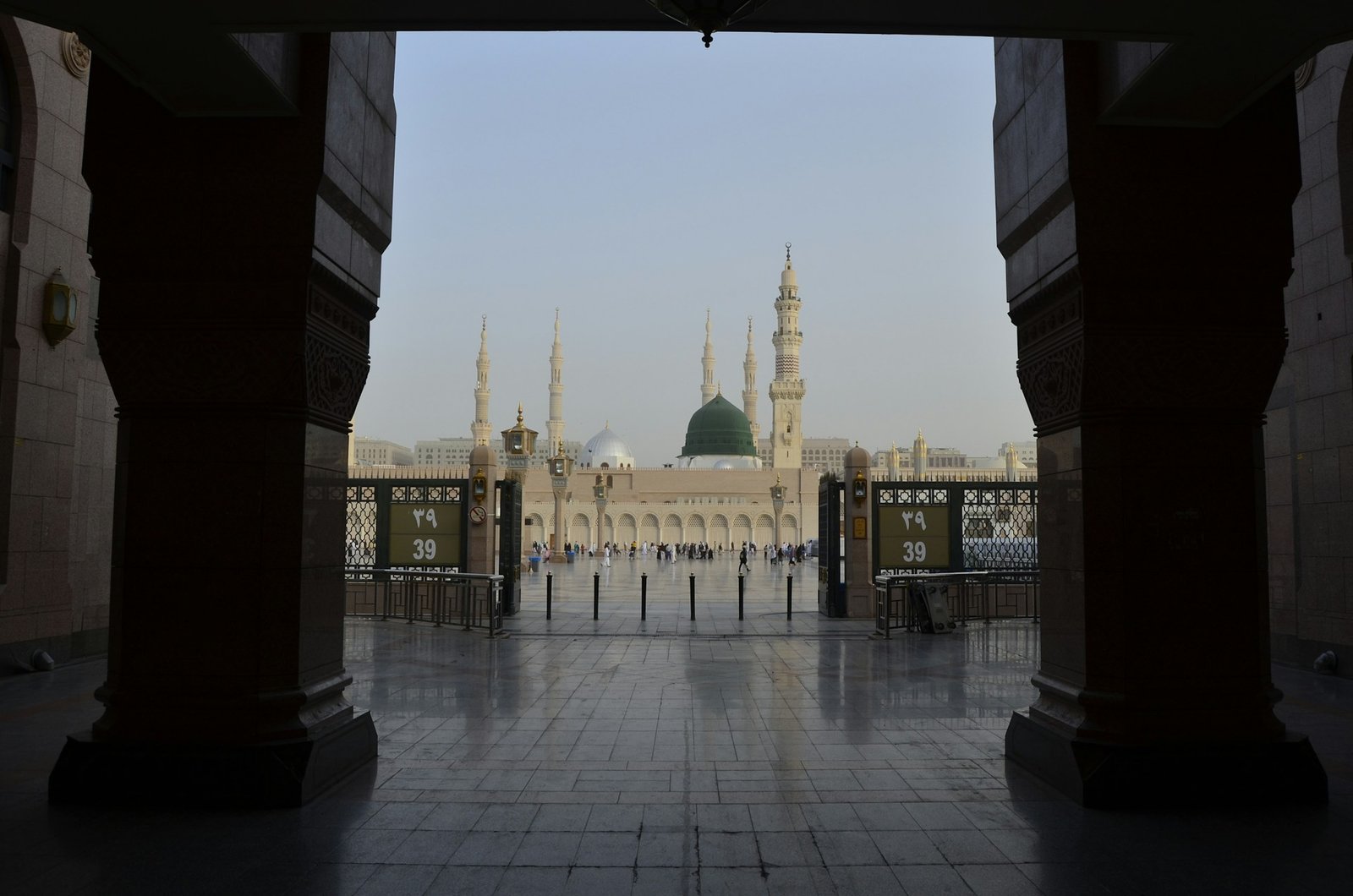Saudi Arabia holds a unique place in the hearts of millions of people across the globe. Known as the birthplace of Islam, it is home to sacred cities, spiritual landmarks, and a deep sense of tradition. For centuries, pilgrims have journeyed across deserts and mountains to reach Mecca and Medina, walking paths worn smooth by countless generations. Today, these ancient routes exist alongside modern infrastructure that allows visitors to experience the same journey with greater ease, yet without diminishing its profound meaning.
Arriving from Jeddah: A Gateway to the Holy Cities
For many international visitors, Jeddah serves as the gateway to both Mecca and Medina. This vibrant port city on the Red Sea has historically welcomed travellers arriving by ship and, in modern times, by air. From Jeddah, reaching Medina has been made far easier by the Jeddah to Medina train, part of Saudi Arabia’s high-speed rail network.
This route, like the one from Mecca, demonstrates how the Kingdom has balanced preserving spiritual traditions with embracing modernity. What was once a long and demanding journey through rugged terrain can now be accomplished in comfort and efficiency, opening access to more pilgrims from around the world.
Mecca: The Beating Heart of Islamic Faith
The city of Mecca, nestled among rocky hills, is the holiest destination for Muslims. At its centre lies the Kaaba, a cube-shaped sanctuary draped in black cloth embroidered with golden calligraphy. To see it for the first time is a moment etched forever in memory. Every day, thousands of worshippers circle the Kaaba in the ritual known as Tawaf, their movements a powerful symbol of unity and devotion.
Surrounding the Kaaba, the Masjid al-Haram (Grand Mosque) stretches across an immense space, its minarets piercing the sky. The sheer scale of the site is breathtaking, yet within it there is a feeling of closeness and belonging. The echoes of prayer reverberate across marble courtyards, reminding all who visit of the deep spiritual resonance of this city.

The Journey from Mecca to Medina
Leaving Mecca for Medina has always carried deep symbolic weight. In the 7th century, the Prophet Muhammad made this very journey, known as the Hijrah, which marked the beginning of the Islamic calendar. Today, millions of pilgrims follow in those footsteps during Hajj and Umrah, travelling with hearts full of faith.
While once this journey would have taken days by caravan, it is now more accessible thanks to modern infrastructure. Travelling on the Mecca to Medina train allows pilgrims to complete the route in just a few hours, exchanging the desert’s harshness for speed and comfort. Yet as the train glides past mountains and plains, the sense of walking in history remains, bridging ancient tradition with present-day technology.
Medina: A Haven of Peace
Medina, often called the “Radiant City,” is the second-holiest site in Islam. The atmosphere here contrasts with Mecca’s intensity; it is calmer, imbued with serenity. At its heart stands Al-Masjid an-Nabawi, the Prophet’s Mosque, with its striking green dome. Beneath that dome lies the tomb of Prophet Muhammad, a place visited with reverence and quiet reflection.
Inside the mosque, light filters gently through intricately designed ceilings, casting soft shadows across rows of worshippers. The air is filled with tranquillity, as if the city itself invites peace and contemplation. Medina is not just a destination; it is an experience that touches both soul and spirit.
Beyond the Sacred Cities
While Mecca and Medina stand at the heart of Saudi Arabia’s religious identity, the country offers other landmarks that hold cultural and spiritual significance. Al-Ula, with its dramatic sandstone formations and ancient tombs, tells the story of civilisations long before Islam. Diriyah, near Riyadh, preserves the birthplace of the Saudi state, with mud-brick palaces and UNESCO-recognised heritage.
There is also Jabal al-Nour, the mountain near Mecca where the Prophet is believed to have received the first revelation of the Qur’an. Climbing its steep path and standing in the Cave of Hira is a humbling reminder of the origins of a faith that now spans the globe.
Tradition Meets Modernity
Saudi Arabia today presents a striking juxtaposition: gleaming high-speed trains and modern airports stand beside timeless rituals and centuries-old mosques. The development of transport links has not diminished the sanctity of pilgrimage. Instead, it has allowed more people than ever before to connect with their faith while experiencing the warmth and hospitality of the Kingdom.
In both cities, the sights and sounds echo across time. The call to prayer resonates from minarets as it has for centuries, while the presence of millions of pilgrims each year affirms that these sacred journeys continue to unite people in devotion and humility.
Conclusion: A Journey of the Heart
Travelling through Saudi Arabia’s spiritual landmarks is more than a physical experience. Whether standing before the Kaaba in Mecca, offering prayers at the Prophet’s Mosque in Medina, or reflecting in the silence of desert landscapes, the journey is profoundly transformative.
The convenience of modern trains and infrastructure makes these journeys easier, but the essence remains the same: a path of faith, connection, and renewal. Saudi Arabia is a place where history and spirituality flow together, offering every traveller not just destinations to visit, but memories and emotions to carry forever.
